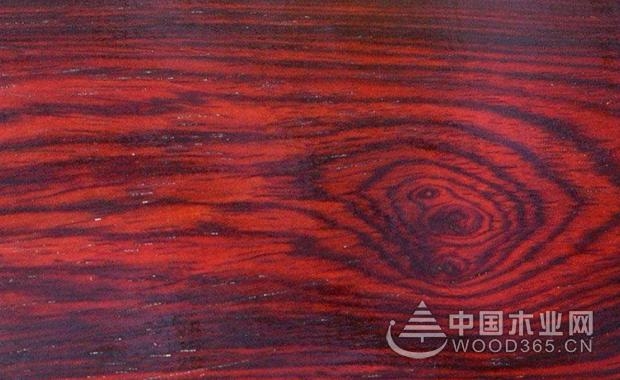Barry Dalbergia and Aussie Dendrobium
In the previous article, we have introduced in detail the Barry Dalbergia, which is also known as the “flower branch†in the domestic timber market in Bali. This kind of wood is often used in the market to pretend to be a red rosewood, but its biggest feature is lighter shade, light yellow or light reddish brown, while old redwood is dark red. At the same time, the weight of the wood is also light, and there are no dark stripes of different widths of the old mahogany. The following is a brief introduction to the difference between the lower barley Dalbergia and the Aussie Dalbergia.

Barry Dalbergia and A. sinensis are in the "Redwood" national standard GB/T18107-2000 "Redwood", which belong to the same group of red rosewood. There are many similarities or similarities between them, such as family, plant type and tree distribution. Characteristics of latitude, trunk size, material, structure, tube hole type, ray tissue cells, axial thin-walled tissue, perforated plate, etc., also have different points, which are mainly manifested in:
1 heartwood color - the two are closer, but carefully observed, the color of Barry Dalbergia is deeper than that of A. sinensis, and A. sinensis is a bit white.
2 texture - the texture of both are staggered, but the pattern of Barry Dalbergia is fine and dense, and the black stripes are more and deeper, while the patterns of Aussie Dalbergia are less, and there are fish scales.
3 The growth wheel is obvious - the growth wheel of Barley Dalbergia is not obvious or slightly obvious, while the growth wheel of A. arborescens is more obvious, which can be seen under the naked eye.
The degree of intersection between the 4 ray and the parenchyma - the cross-section of the Dalbergia sinensis cross-section and the thin-walled structure are obviously reticular, while the cross-section of the D. sinensis cross-section has a reticular structure Obviously, it only appears locally.
5 axial thin-walled tissue - the thin-walled tissue of Barley Dalbergia is a concentric layer of thin band, the bandwidth is mostly 2 cells, the wing-like, poly-winged shape is not obvious, and the thin-walled tissue of D. sylvestris is a concentric layer Shape, the bandwidth is mostly 2~3 cells, and the wing-like poly-wing is obvious.
6 weight - from the air dry density point of view, the air dry density of the two is not much different, but in general, Barry Dalbergia is always slightly heavier than Aussie Dendrobium.
From a microscopic point of view, the internal structure of the two is very similar, but there is still a relatively large feature that can distinguish the two, that is, the ray organization of the two, the ray organization of the two are mainly homomorphic single column and multiple columns ( 2~3), there are very few single-ray rays, but there are more three rows of rays in the multi-ray rays of Bari Dalbergia, and there are almost no three rays in the A. sinensis, and the ray cells of Barbary Dalbergia are more than A. The ray cells are large. From the shape of the ray tissue, the ray tissue of Barley Dalbergia is relatively short and fat, while the ray tissue of D. serrata is relatively high and thin.
At present, the direct impact of whether it is difficult for merchants or consumers to distinguish between the two is that the price difference between the two is small, but because the material of Barry Dalbergia is relatively better than Aussie Dendrobium, so the second The identification of the person is beneficial to both the price positioning of the merchant and the basis for the consumer to provide a choice at the time of purchase, so that the transaction is more clear.
Metal Dish Rack,Foldable Copper Dish Rack,Copper Kichen Dish Rack,Detachable Dish Rack
Jiangmen Xinhui Siqian Xiangyi Metalwork Factory , https://www.xydryingrack.com